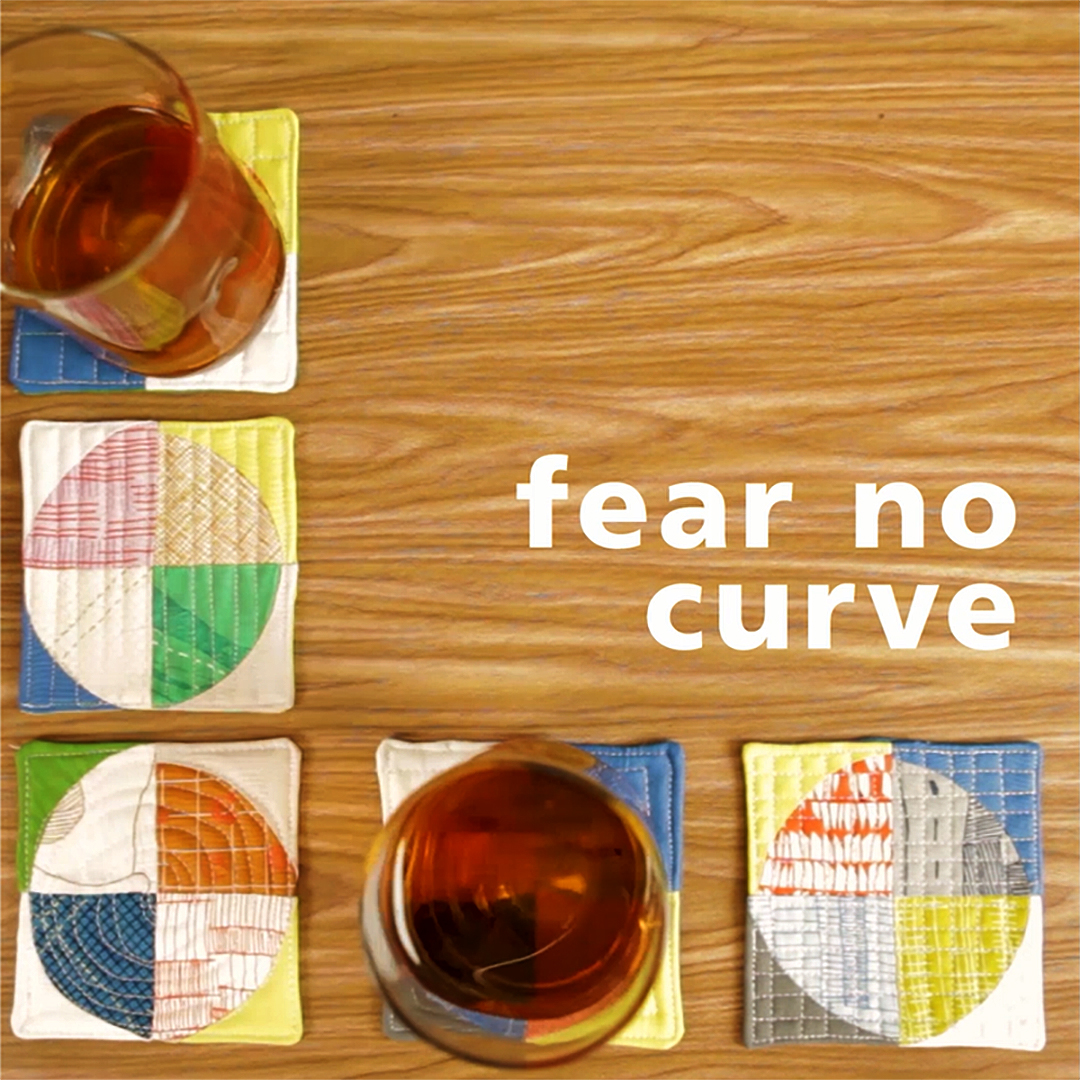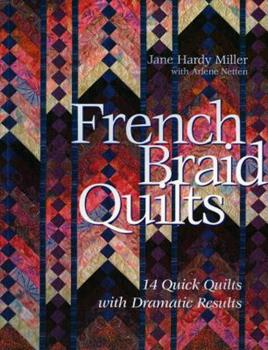For this week's challenge, the first rule is that some shade of pink must dominate the project. I have absolutely no problem with that! Pink is my favorite color, and has been as long as I can remember. I remember making a 'hot pink' jumper in Home Ec class in 10th grade. I was absolutely thrilled that the material for a jumper came in that shade. Looking back, I'm sure it was eye-watering, but it WAS the 60's!
Humming happily to myself, I dug happily into my stash, trying to figure out what I wanted to use, and what type of project it should be. Last week, I made a baby quilt. This week was looking to be a quiet one without a lot of commitments, so I decided to make another one. It's always good to have baby quilts on hand!
I'm trying to use up "stash" so my first criteria for these challenges is to use what I have and not buy anything. Most of said 'stash' is stored in plastic bins in the basement. I know that you aren't supposed to store fabric in plastic, but my basement is very dry and no moisture can in to the bins and cause mold, mildew or other nasty fabric-destroyers. Anyway, I headed to the basement to start my fabric spelunking.
Once there, I came across several shoe box sized bins that contain 'nickels' or 5 inch squares of fabric. I believe that these nickels were the inspiration for the charm packs that are now made by the fabric companies. When I first started quilting, I discovered an online group that was dedicated to making the quilts in Pat Speth's Nickel Quilt books. The group would swap pairs of nickels according to the theme that was decided upon that month. Sometimes, it was a type of reproduction fabrics, like 30's or Civil War prints. Sometimes, it was just a color, or a type of color - like brights or pastels. Since I never actually made any of the quilts, my nickels are still stored according to color and theme. I decided that now was a good time to start using some of them, so I grabbed the bag of pinks.
Now, which pattern? Since I knew that I was starting with 5 inch squares, I looked through the Nickel Quilt books. Unfortunately, none of the quilts seemed that they would be adaptable to a quilt that I could finish in a week, so I put them away and kept looking.
My next thought was that I could use the Accordion Sewn Triangle method, developed by my friend Beth Helfter. I first encountered Beth when she was a member of the Scrap Squad group put together by Quiltmaker Magazine. I applied to be a member, but was instead chosen by the editors to be a 'Scrap Addict', which was a group that made scrap quilts from the blocks in Bonnie Hunter's Addicted to Scraps column. So Beth's tenure at Quiltmaker corresponded with mine, and I've followed Beth ever since. I have done some pattern testing for her, which resulted in two of my quilts being in her books. The Accordion Sewn Triangle technique is a way to easily make scrappy half-square triangles from squares. I pulled out her book Oompah! and saw a star block that I could upsize to use the 5 inch pink squares. (Oh, in case you're wondering - Oompah, accordions... get it? ^.^)
If you want more information about the Accordion Sewn Triangle method, Beth has a couple of videos on You Tube that explain and demonstrate. The first one is https://www.youtube.com/watch?v=Dc3ClOPu4_w
Now that I had an idea and the fabrics, I started out making the first accordion, pictured on the left.
When made with 5 inch blocks, this accordion makes a star block whose name escapes me at the moment, but which finishes at 16 inches. I considered making four of them and doing a straight setting with sashing, but decided that was boring.
Instead, I decided to do a medallion style quilt with the star as the center. I planned to surround the star with 4 inch strips, then add more HST around that which would make a 32" quilt. I made 24 more HST from the nickels and put them around the star on the design wall. It was OK, but kind of eh. It needed to be bigger.
Adding another 4 inch background border would have worked, except for the fact that the background fabric that I had left was about 2 strips too short. Of course!
Back to the stash! I found some nice pink 2 1/2 inch strips left from one project or another, and they turned out to be just enough to add a 2 inch accent border around the star medallion. That made just enough of a difference to allow me to cut the 4 inch outer border strips from the remaining background fabric, with an inch to spare! That made me really happy, so I decided to name this project 'Tickled Pink'!  |
| Tickled Pink - 40 inches square |















.jpg)



